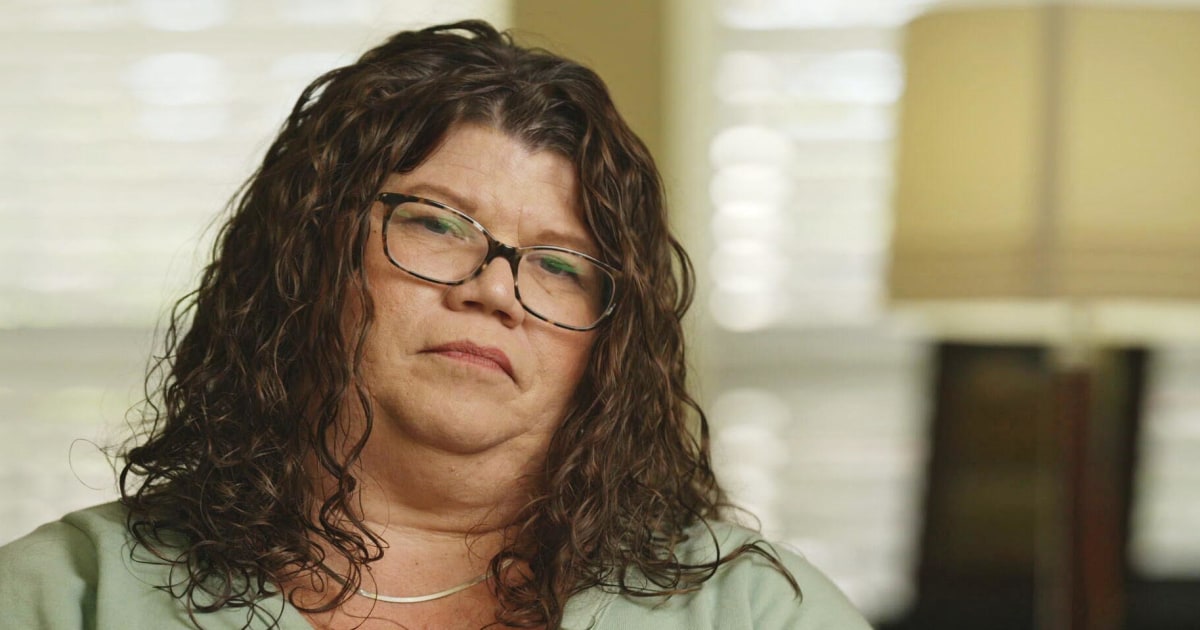The Hidden Cost of Breast Cancer Screenings: Who Foots the Bill?
In today’s healthcare landscape, the importance of preventive care cannot be overstated, particularly for women facing breast cancer. Many medical professionals recommend additional breast cancer screenings, such as mammograms and MRIs, to catch potential issues early. However, the financial implications of these recommendations often remain unspoken, leaving patients grappling with unexpected medical bills. This article dives deep into the hidden costs associated with breast cancer screenings, exploring who is responsible for these costs and what can be done to ensure affordability in preventive care.
The Financial Landscape of Breast Cancer Screenings
Breast cancer screenings are crucial for early detection and treatment, significantly improving survival rates. However, the costs associated with these screenings can vary widely, influenced by factors such as insurance coverage, location, and the type of screening performed. Here, we’ll break down the financial landscape.
Types of Screenings and Their Costs
While mammograms are the standard screening tool for breast cancer, women may be advised to undergo additional tests based on their risk factors, family history, or previous findings. Here are some common types of screenings and their associated costs:
- Mammograms: Typically range from $100 to $250, depending on the facility and whether they are covered by insurance.
- Breast MRIs: Can cost between $400 and $1,500 and are often not covered unless deemed medically necessary.
- Ultrasounds: Usually cost around $200 to $400 and are frequently used in conjunction with mammograms.
These costs can quickly add up, especially if additional screenings are recommended. Women often find themselves in a situation where they must balance their health needs with financial realities.
Insurance Coverage and Out-of-Pocket Expenses
Insurance plays a significant role in determining the financial burden of breast cancer screenings. Though preventive services are often covered under the Affordable Care Act (ACA), this coverage can vary by plan and provider. Understanding how insurance affects the cost of these screenings is crucial for patients.
What Insurance Covers
According to the ACA, most insurance plans must cover annual mammograms for women aged 40 and older without charging a copayment or coinsurance, even if the deductible hasn’t been met. However, coverage for additional screenings, such as MRIs, can differ:
- Medically Necessary MRIs: If a physician deems an MRI necessary due to high risk, insurance may cover the costs. However, patients should confirm the specifics with their insurer.
- Additional Tests: Screenings suggested by specialists may not be covered if they are deemed elective or unnecessary, leading to significant out-of-pocket expenses.
Patients often face a dilemma: should they opt for further screenings despite the potential costs, or forgo them and risk missing an early diagnosis? This decision can lead to anxiety and financial stress, especially for those already dealing with health concerns.
Who Ultimately Bears the Cost?
The question of who foots the bill for breast cancer screenings is complex. While insurance companies cover many costs, patients may still encounter high out-of-pocket expenses. Here are some potential stakeholders involved in the financial picture:
- Insurers: They bear the costs of covered screenings, but may impose limits and require pre-approvals that complicate the process for patients.
- Healthcare Providers: Providers sometimes have financial assistance programs, yet many patients remain unaware of these options.
- Patients: Ultimately, patients may end up paying significant portions of their medical bills, leading to financial strain.
Strategies for Affordability in Preventive Care
To alleviate the financial burden of breast cancer screenings, several strategies can be implemented. These approaches focus on increasing affordability and accessibility for women:
1. Advocacy for Policy Change
Advocates can push for legislation that mandates comprehensive coverage for all breast cancer screenings, eliminating the burden of unexpected costs. This includes ensuring that insurers cover follow-up tests deemed necessary by healthcare providers.
2. Education and Awareness
Healthcare providers should educate patients about their insurance benefits and the potential costs of additional screenings. By providing clear information, patients can make informed decisions and better prepare for any financial implications.
3. Financial Assistance Programs
Many nonprofit organizations offer financial assistance for breast cancer screenings. Patients should be encouraged to explore these resources, which can significantly reduce their out-of-pocket expenses.
4. Flexible Payment Plans
Healthcare facilities can implement flexible payment plans, allowing patients to pay for screenings over time. This approach can lessen the immediate financial impact and make preventive care more accessible.
The Importance of Open Dialogue
Open conversations between patients and healthcare providers are essential in navigating the financial aspects of breast cancer screenings. Medical professionals can help patients understand the necessity of recommended tests and the potential costs involved, fostering a sense of trust and collaboration.
Empowering Patients
Empowering women to take charge of their health includes understanding their rights regarding insurance coverage and seeking clarification about costs. Patients should feel encouraged to ask questions and advocate for themselves, ensuring they receive the screenings they need without facing financial hardship.
Conclusion
Breast cancer screenings are a vital part of preventive health care, but the hidden costs can create barriers for many women. By understanding the financial landscape, advocating for policy changes, and promoting transparency in healthcare, we can work towards a system where preventive care is affordable for all. It’s crucial to recognize that while the responsibility for these costs may vary among insurers, healthcare providers, and patients, the ultimate goal remains the same: ensuring that every woman has access to the life-saving screenings she needs without the burden of financial stress.
See more WebMD Network



